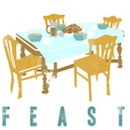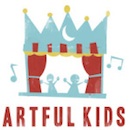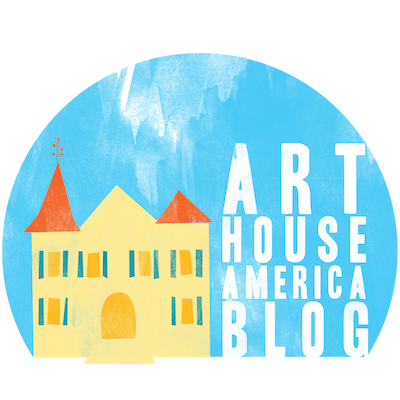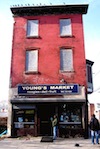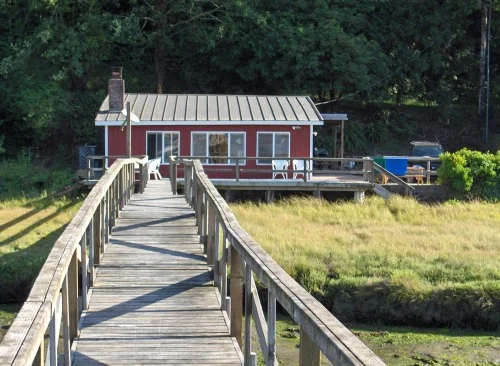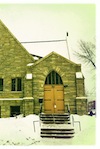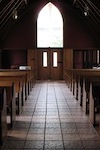 The liturgy suits people like me and Johnny, and many in the congregation — the artful-minded, craving visuals and symbols. We walk in the door to dip our fingertips in cold, holy water; trace a cross from our forehead to our chest; light a candle cupped in red glass to symbolize prayers weighing heavy on our hearts. I take a wooden pew under the St. Catherine of Alexandria stained glass. There is a still, sweet reverence under the wooden nave which looks like an upturned ark, drying out from a tragic flood. As we do “the people’s work” in peaceful repetition — kneeling, bowing, crossing — we embed Scripture and worship into our souls and movements.
The liturgy suits people like me and Johnny, and many in the congregation — the artful-minded, craving visuals and symbols. We walk in the door to dip our fingertips in cold, holy water; trace a cross from our forehead to our chest; light a candle cupped in red glass to symbolize prayers weighing heavy on our hearts. I take a wooden pew under the St. Catherine of Alexandria stained glass. There is a still, sweet reverence under the wooden nave which looks like an upturned ark, drying out from a tragic flood. As we do “the people’s work” in peaceful repetition — kneeling, bowing, crossing — we embed Scripture and worship into our souls and movements. The liturgy suits people like me and Johnny, and many in the congregation — the artful-minded, craving visuals and symbols. We walk in the door to dip our fingertips in cold, holy water; trace a cross from our forehead to our chest; light a candle cupped in red glass to symbolize prayers weighing heavy on our hearts. I take a wooden pew under the St. Catherine of Alexandria stained glass. There is a still, sweet reverence under the wooden nave which looks like an upturned ark, drying out from a tragic flood. As we do “the people’s work” in peaceful repetition — kneeling, bowing, crossing — we embed Scripture and worship into our souls and movements.
The liturgy suits people like me and Johnny, and many in the congregation — the artful-minded, craving visuals and symbols. We walk in the door to dip our fingertips in cold, holy water; trace a cross from our forehead to our chest; light a candle cupped in red glass to symbolize prayers weighing heavy on our hearts. I take a wooden pew under the St. Catherine of Alexandria stained glass. There is a still, sweet reverence under the wooden nave which looks like an upturned ark, drying out from a tragic flood. As we do “the people’s work” in peaceful repetition — kneeling, bowing, crossing — we embed Scripture and worship into our souls and movements.



